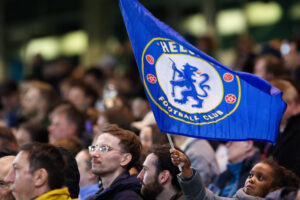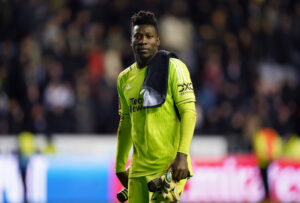Non-league football could return around the country in September. The FA and representatives of leagues at Step 5 and Step 6 of the game held an online meeting to discuss the 2020/21 season. No final decisions were taken but the discussions gave the clearest hint of how non-league football may restart. However, only after the Department of Digital, Culture, Media and Sport gives the go-ahead can any non-league football resume.
Non-League Football’s Return in September a Realistic Option
FA Being Realistic
A date in early to mid-September is viewed as the most realistic time for a new season to start. Ideally, the FA would like to see the season begin as normal in August but realise this is highly unrealistic. However, the possibility of the season not starting until November or even as late as January was also discussed. Obviously, the later the start, the larger the impact on the various league and cup competitions.
A September or possibly October start should mean a normal league season for all levels of the non-league game. However, it is likely some of the league and county cups will be sacrificed for a season. Priority will be given to staging the FA Cup, FA Trophy and FA Vase. Clubs have been informed FA Trophy and FA Vase prize money will be reduced by 6%. Cup competitions without replays are also being considered to aid fixture congestions. Once we get into November then the leagues themselves may have to be amended.
A season which begins in November or beyond will most likely see a reduction in league matches. This could see teams play each other only once, with a draw made to set the fixtures. Another potential alternative is to divide leagues in two on a more regional basis. This will allow teams to still play each other home and away. Whichever season starting scenario comes to fruition, clubs will be looking at a much reduced pre-season build-up of friendlies.
Non-League Needs Supporters
The FA acknowledged the non-league game needs paying spectators before it can restart and behind closed doors football is not an option. Admission fees, programme sales, raffles, tea hut sales and clubhouses are essential revenue streams to make a restart financially viable. A potential attendance cap was discussed with an attendance limit based on between 30-50% of ground capacity. For lower-tier teams with small attendances, this could actually see no overall impact.
However, better-supported teams, particularly as you go up the pyramid, may have their budgets affected by any enforced attendance limitations. With clubs already signing players for the new season, this needs to be taken into consideration by clubs. Clubs will also need to ensure grounds and clubhouses have the required safety measures in place such as social distancing.
Second Wave Provision
We all hope there is no return of the virus to the same levels later in the year or next year. However, this possibility was another topic discussed during the online meeting. Calling a halt to the 2019/20 season was an unprecedented decision. The merits of this decision are no doubt still being debated. For some clubs staring promotion in the face, it was a tough decision to take.
To try and avoid a repeat scenario the online meeting discussed the possibility of using a points-per-game system to conclude leagues if required. The National League has used this to determine its final standings for the 2019/20 season. No method is perfect, but this may well be the fairest solution available.
If there is a second wave of the virus then football will be the smallest concern for the majority. However, having grassroots football back open will feel like we are returning to some sense of normality again.
Main Photo






